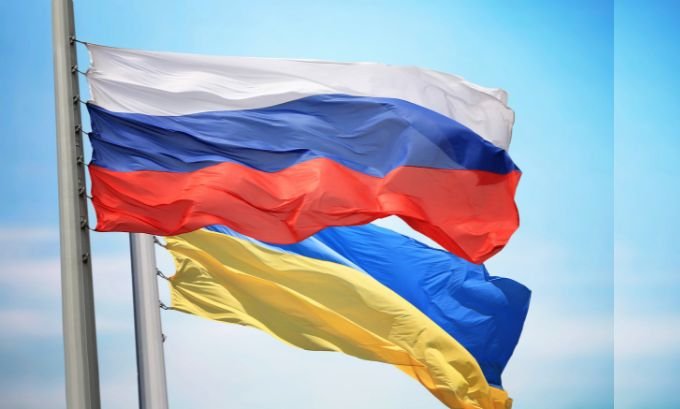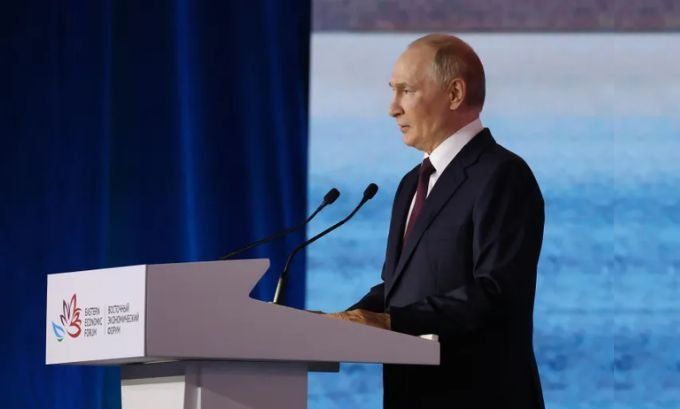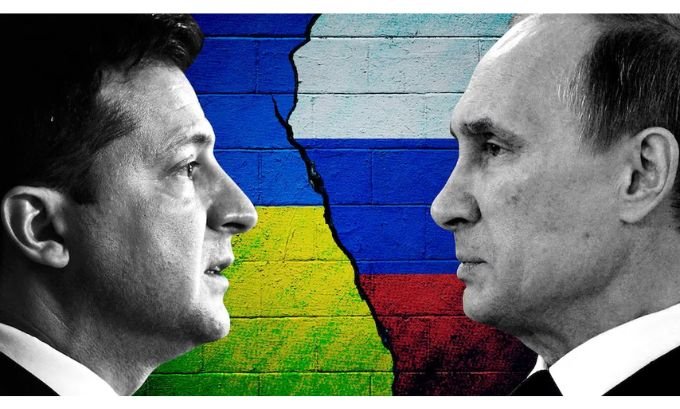On February 24, 2022, the world watched as Russia launched a full-scale invasion of Ukraine, marking the most significant military conflict in Europe since World War II. The declaration of a “special military operation” by Russian President Vladimir Putin was not a sudden event but the culmination of decades of complex history, geopolitical tensions, and security concerns. This article explains the key factors that led to Russia’s decision to declare war on Ukraine, exploring the historical context, NATO’s eastward expansion, and internal Ukrainian politics.
The conflict has its roots in the intertwined histories of the two nations, stretching back centuries to the time of Kyivan Rus. More recently, the dissolution of the Soviet Union in 1991 created a new geopolitical reality. Ukraine, which had been a core part of the USSR, declared its independence and began to forge its own path, often looking westward for alliances and economic partnerships. This shift has been a persistent source of tension with Russia, which views Ukraine as part of its historical and cultural “sphere of influence.” Understanding these layers is crucial to grasping the motivations behind the 2022 invasion.
Table of Contents
Historical Tensions and Shared Heritage
Russia and Ukraine share deep historical, cultural, and linguistic ties. Many Russians view Ukraine not as a separate nation but as an integral part of their own civilization. President Putin has frequently articulated this view, arguing that Russians and Ukrainians are “one people.” This perspective is rooted in the shared medieval state of Kyivan Rus, which both nations claim as their cultural birthplace.
Following the collapse of the Soviet Union, an independent Ukraine sought to assert its sovereignty. This included promoting the Ukrainian language and building a national identity distinct from Russia. For many in Moscow, Ukraine’s turn towards Western institutions like the European Union (EU) and the North Atlantic Treaty Organization (NATO) was seen as a betrayal and a direct threat to Russia’s regional influence.
The tensions escalated dramatically in 2014. After months of pro-European protests, Ukraine’s pro-Russian president, Viktor Yanukovych, was ousted in what is now known as the Revolution of Dignity. Russia responded swiftly by annexing the Crimean Peninsula, a region with a majority ethnic Russian population and home to a critical Russian naval base. Simultaneously, a pro-Russian separatist movement emerged in Ukraine’s eastern Donbas region, sparking a conflict that claimed over 14,000 lives before the full-scale invasion in 2022. These events solidified a deep rift between the two countries, setting the stage for a larger confrontation.

NATO Expansion: A Perceived Threat
One of the most frequently cited reasons for the invasion is the eastward expansion of NATO. After the Cold War, the military alliance, originally formed to counter the Soviet Union, began to include former Soviet bloc countries. Nations like Poland, Hungary, the Czech Republic, and the Baltic states all joined NATO between 1999 and 2004.
From Moscow’s perspective, this expansion brought a hostile military alliance closer to its borders. Russian leaders have long argued that they received informal assurances from Western leaders in the 1990s that NATO would not expand “one inch eastward.” While Western officials dispute that such a promise was ever made, the perception of a broken commitment has fueled Russian resentment for decades.
Ukraine’s own aspirations to join NATO were a major point of contention. The possibility of Ukraine becoming a member was first formally raised at the 2008 NATO Summit in Bucharest. While Ukraine was not given a clear timeline for membership, the declaration stated that it would eventually become a member. For the Kremlin, the idea of a neighboring country with a long, shared border hosting NATO troops and military infrastructure was a “red line.” President Putin viewed it as an existential threat to Russia’s security, arguing it would give NATO the ability to launch a missile strike on Moscow with little warning.
Internal Politics and Ukraine’s Western Alignment
Ukraine’s internal political landscape has been a battleground for pro-Russian and pro-Western forces since its independence. The 2014 Revolution of Dignity was a turning point, cementing a decisive shift towards the West. Subsequent governments pursued closer integration with the EU, signing an Association Agreement that deepened political and economic ties.

In 2019, Volodymyr Zelenskyy, an actor and comedian, was elected president on a platform of anti-corruption and peace. However, his administration continued to pursue NATO membership, a goal that was enshrined in the Ukrainian constitution in 2019. This reinforced Moscow’s belief that Ukraine was slipping permanently out of its orbit.
In his speech announcing the invasion, President Putin claimed the operation’s goals were the “demilitarization” and “denazification” of Ukraine. The “denazification” claim has been widely dismissed by international historians and leaders as baseless propaganda. While Ukraine, like many countries, has far-right groups, they hold no significant power in the government or society. This rhetoric was likely intended to justify the invasion to a domestic Russian audience by invoking the memory of World War II. The “demilitarization” goal, however, directly relates to preventing Ukraine from joining NATO and neutralizing its military capabilities.
What’s Next for the Conflict?
The 2022 invasion of Ukraine was not a spontaneous act but the result of long-standing historical grievances, security anxieties, and geopolitical power struggles. Vladimir Putin’s decision was shaped by a desire to reassert Russia’s influence in the post-Soviet space and halt what he perceived as a direct security threat from an expanding NATO. The conflict underscores the deep and often conflicting views on national sovereignty, historical identity, and security in Eastern Europe. As the war continues, its resolution will undoubtedly reshape the security architecture of the continent for decades to come.

